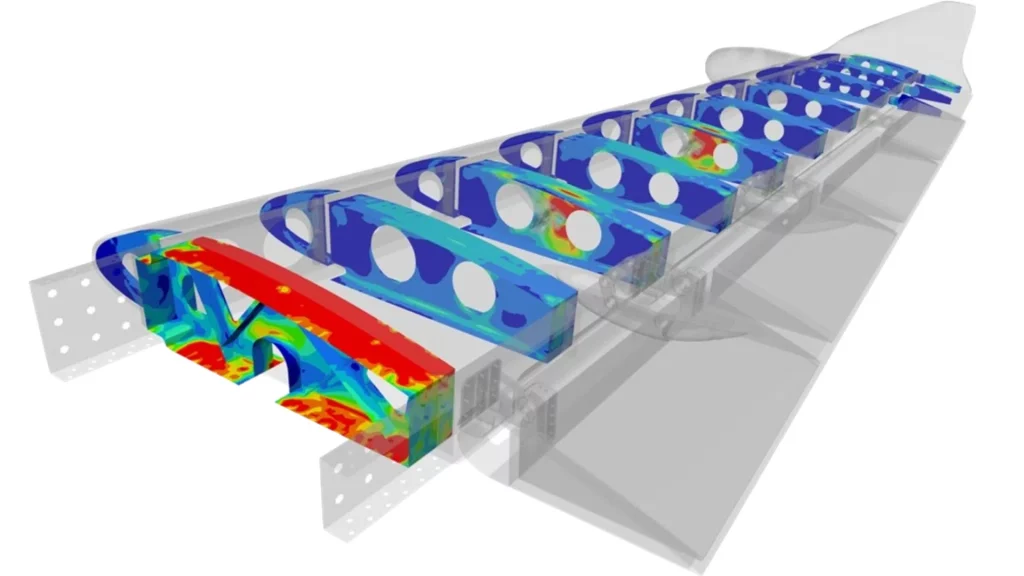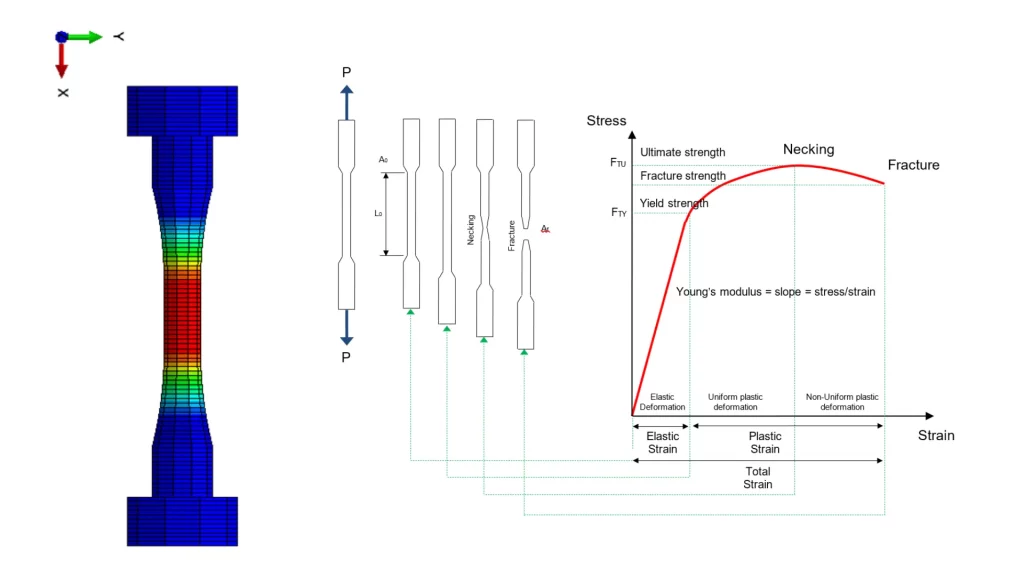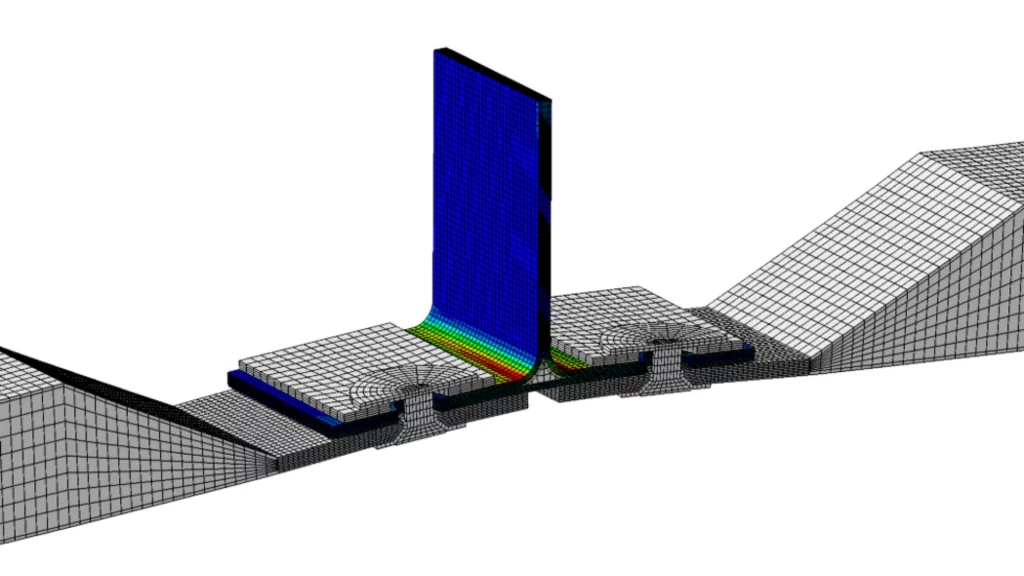FINITE ELEMENT METHOD (FEM): BASIC CONCEPTS AND PRACTICAL APPLICATIONS

MEF, BASIC CONCEPTS AND PRACTICAL APPLICATIONS There are actually many entries on the web that explain what the finite element method consists of, so we are not going to expand too much on it, but on other aspects, always based on our experience, that we think may be of interest to anyone reading this article. […]
FEM-03. FINITE ELEMENT MODELS – PLASTICITY

In this third post on practical finite element modelling, we will outline some of the common ways of creating finite element models with metallic materials and plasticity using the Abaqus code (although the concepts can be easily applied to any other finite element code). Plasticity in metallic materials The plasticity of a metallic material occurs […]
FEM-02. FINITE ELEMENT MODELLING – MESH SIZE DEFINITION IN STRUCTURAL ANALYSIS

In this second entry we are going to talk about the definition of mesh size in finite element models for structural analysis. When we have our first contact with the method, generally in University Schools, the first thing we are taught is that the finite element method is an approximate method for solving partial differential […]
FEM-01. FINITE ELEMENT METHOD – SELECTION OF ELEMENT TYPE FOR STRUCTURAL ANALYSIS

Today we begin our series of posts related to the Finite Element Method for structural analysis. On the Internet can be find a large quantity of articles related to this method, both in terms of theoretical definition and use with commercial software such as Nastran, Abaqus, Ansys, … The number of bibliographical references is also […]
